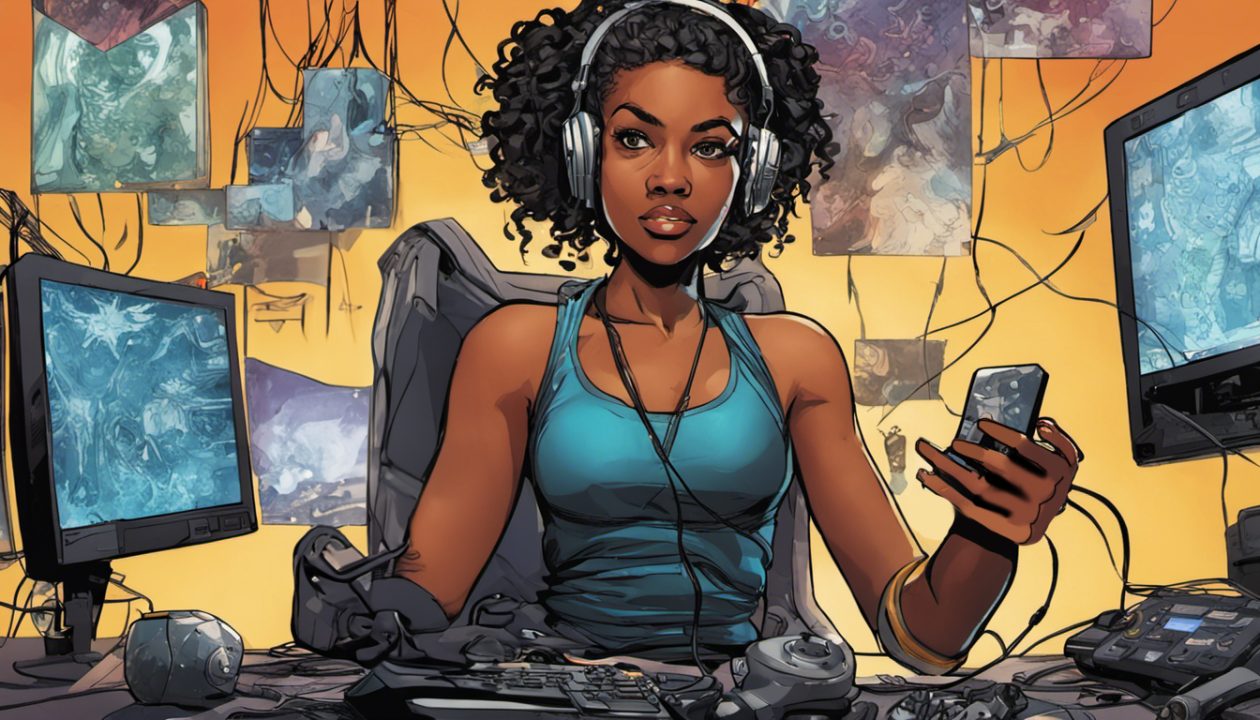Introduction
Gaming is no longer just about beating levels or earning high scores—it’s a cultural movement, a form of storytelling, and a way to connect with people across the world. From immersive VR worlds to AI-generated characters, the game industry in 2025 is evolving faster than ever, transforming how we play, watch, and socialize. Whether you’re a casual mobile gamer or a competitive esports fan, one thing is clear: the game has changed.
The Rise of Social and Community-Driven Play
Gone are the days when gaming was a solo hobby. Today’s most popular games—like Fortnite, Genshin Impact, and Roblox—thrive on social interaction. Players are not just completing missions; they’re chatting, creating, and sharing experiences in real time.
Platforms like Discord and Twitch have turned gaming into a 24/7 global hangout. People form real friendships, communities, and even careers through gaming. It’s no longer just play—it’s participation.
AI-Powered Gaming: Smarter Worlds, Better Stories
One of the most exciting innovations in the gaming world is AI. Developers now use AI to generate responsive non-player characters (NPCs), adaptive storytelling, and endless content possibilities. Imagine a game that changes based on your decisions—not just with scripted outcomes, but dynamic, living environments shaped by machine learning.
In 2025, AI isn’t replacing game designers; it’s becoming their most powerful tool for creativity. Games like AI Dungeon or The Infinite Craft are early examples of this revolution.
VR and the Rise of Immersive Play
Virtual reality has gone mainstream. With lighter headsets, higher-resolution displays, and increasingly realistic physics, VR gaming is delivering experiences once thought impossible. Whether you’re exploring ancient ruins or stepping into a futuristic city, VR makes you feel like you’re really there.
Games are now places—not just software. And in VR, the line between player and protagonist disappears.
Cross-Platform Play Is the New Standard
One of the biggest shifts in recent years is the rise of cross-platform gaming. Whether you’re on a PC, console, or mobile phone, many of today’s most popular games allow you to play together regardless of device. This flexibility has made gaming more inclusive and community-focused than ever before.
It also means developers must design with everyone in mind, from hardcore gamers to total beginners. The result? A more accessible and connected game world.
Gaming as a Lifestyle
More than ever, gaming is influencing fashion, music, and even mental health conversations. In-game concerts, digital avatars, and virtual collectibles are now part of pop culture. Gamers are also using platforms to discuss important topics—from anxiety and inclusion to creativity and identity.
Streaming, content creation, and esports have turned gaming into a full-time career for many. The line between “player” and “creator” is fading fast.
Conclusion
Gaming is no longer a subculture—it’s one of the world’s most powerful forms of entertainment and expression. With AI, VR, social features, and cross-platform play shaping the next generation of experiences, the future of gaming looks not just exciting, but limitless.
Whether you’re in it for the story, the strategy, or the connection, one thing is certain: we’re all part of the game now.

